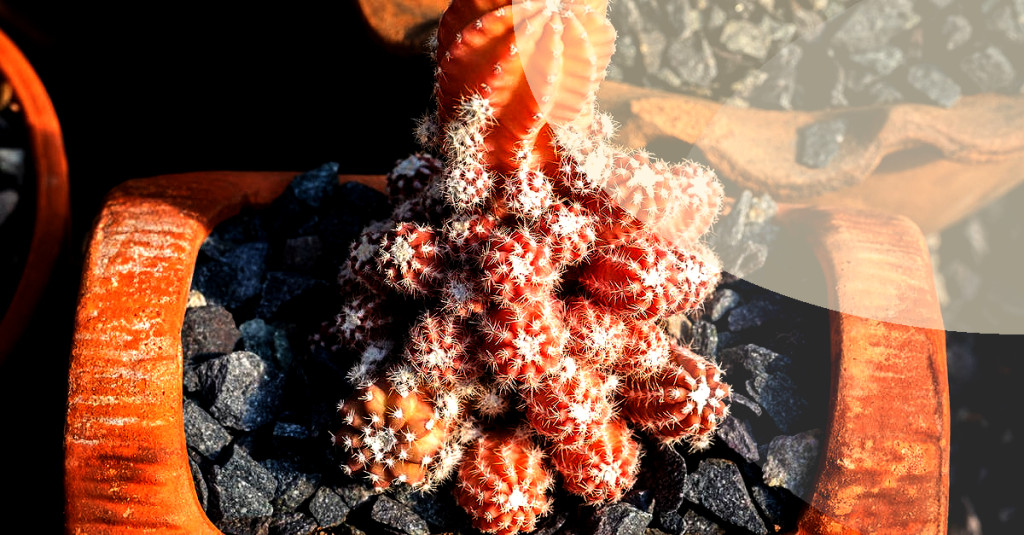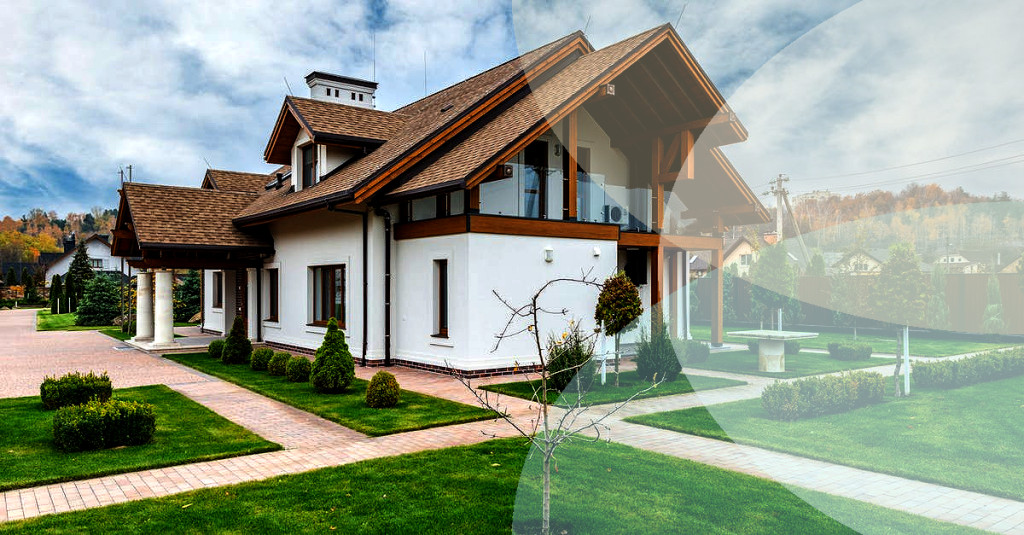DIY Vertical Garden: Grow a Garden in a Small Space

Going Up: The Benefits of Vertical Gardens
Do you have limited space but dream of having a lush green garden? A DIY vertical garden might just be the perfect solution for you! Not only are vertical gardens space-saving, but they also bring beauty and fresh air to your home, balcony, or even office. So roll up your sleeves and let's unlock that green thumb potential with this comprehensive guide on creating your very own vertical garden.
Choosing the Perfect Location

Let's take a moment to explore the various advantages of growing a vertical garden:
- Space-saving - Perfect for city dwellers or those with limited outdoor space, vertical gardens allow you to grow plants in any compact area, such as a small balcony or sunny wall.
- Aesthetic appeal - Vertical gardens are a stunning addition to any environment, providing an instant wow factor.
- Air purification - Houseplants are natural air purifiers that can help to remove toxins from the air and improve air quality.
- Privacy - A wall of greenery can serve as a natural barrier from your neighbors, providing seclusion and intimacy.
- Stress reduction - Research has shown that being near plants can improve mental well-being and help reduce stress levels.
Now that weâve established the benefits of vertical gardens, let's dive into the process of creating one from scratch.
Types of Vertical Gardens and Materials You'll Need
Before you embark on your gardening adventure, it's essential to pick the right spot for your vertical garden. Here are a few factors to consider:
- Sunlight - Adequate sunlight is crucial for most plants, so choose a spot that gets at least 4-6 hours of direct sunlight daily. If you're limited on sunny spaces, opt for shade-loving plants instead.
- Watering - Vertical gardens usually need more attention in terms of watering. Ensure that your chosen location has easy access to water and proper drainage.
- Load-bearing - Vertical gardens can be heavy, so make sure your chosen structure, such as a wall or fence, can support the weight.
Once you've found the ideal spot for your vertical garden, itâs time to determine which method youâll use to create it.
1. Pallet Garden
2. Hanging Pockets
Materials: Pallet, landscaping fabric, heavy-duty stapler, potting soil, and plants.
How to create:
- Cover the back, bottom, and sides of the pallet with landscaping fabric, and secure it with a heavy-duty stapler.
- Lay the pallet flat and add potting soil, ensuring it is packed tightly.
- Plant your chosen plants in the gaps between the slats.
- Water your plants and let them establish roots while the pallet remains horizontal for a few weeks.
- Stand your pallet garden vertically and secure it safely.
3. Wall-mounted Planters
Materials: Hanging pocket wall planter, potting soil, and plants.
How to create:
- Fill the pockets of the hanging planter with potting soil.
- Insert plants into each pocket, ensuring they are positioned correctly.
- Hang your planting pockets securely in your chosen location.
- Water your plants regularly, ensuring proper drainage.
Selecting Your Plants
Materials: Wall-mounted planter system, potting soil, plants, and mounting hardware.
How to create:
- Mount your wall planter system according to the manufacturer's instructions.
- Fill the planting modules with potting soil and insert your plants.
- Water the plants, making sure there is proper drainage.
For inspiration and some unique planting systems, check out Vertical Garden Online.
Expert Tips for a Thriving Vertical Garden
When choosing plants for your vertical garden, compile a list that suits your climate, sunlight exposure, and personal preferences. Here are some popular options:
- Ferns - Perfect for low-maintenance, shade-tolerant foliage.
- Succulents - Drought-tolerant plants such as sedum, echeveria, and sempervivum.
- Herbs - Culinary favorites like basil, rosemary, and thyme.
- Edibles - Leafy greens, strawberries, and cherry tomatoes work well in vertical gardens.
- Flowering plants - Add a splash of color with nasturtiums, petunias, or pansies.
- Water your vertical garden frequently, as gravity causes the soil to dry out sooner than in traditional gardens.
- Use a high-quality potting mix with good drainage properties to avoid waterlogged roots.
- Add organic fertilizers to promote healthy plant growth.
- Keep an eye on pests and diseases, addressing issues as soon as they arise.
- Rotate your containers or swap plants around to evenly distribute sunlight exposure.
Now you're armed with all the information needed to create a stunning, space-saving vertical garden. Get ready to elevate your surroundings, improve the air quality, and immerse yourself in a calming green oasis. Thereâs no limit to what you can achieve â happy growing!




